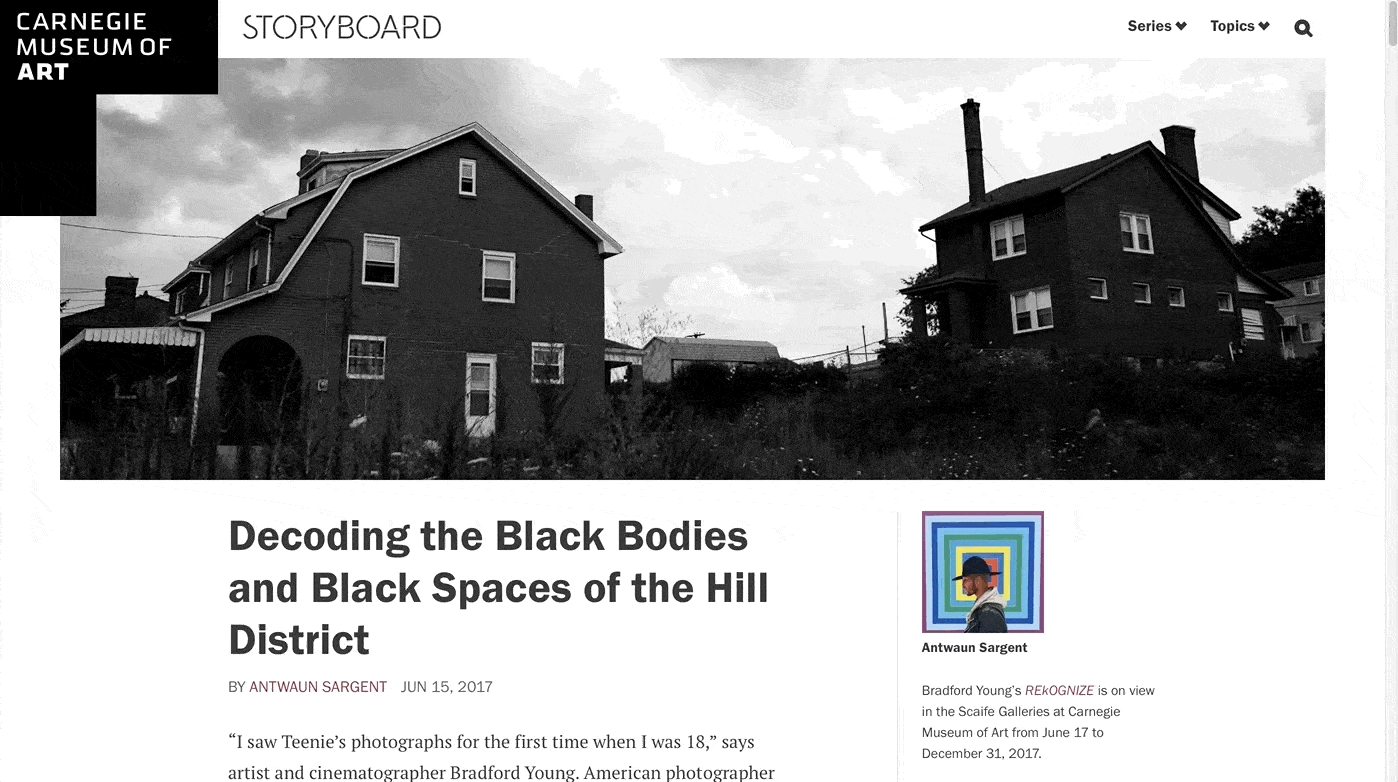Image Descriptions
Need specifics about image sizes? See all the specifications for producing images for our websites.
What is an image description?
An image description (alternative text) is a text that serves the same purposes and conveys the same essential information as the image. It is a surrogate and stands for the image in cases where the image is otherwise unavailable.
Determining appropriate, equivalent, alternative text is often a matter of interpretation. The following guidelines are here to help you craft what is most essential for visitors.
Image Description Basics
Be accurate and equivalent in presenting the same content as the image.
Be succinct. No more than a few words are necessary, though a short sentence or two may be appropriate.
Don’t be redundant or provide the same information as text within the context of the image.
Do not use the phrases “image of …” or “graphic of …” to describe the image. It is usually apparent to the user that it is an image.
If the fact that an image is a photograph or illustration, etc. is important content, it may be useful to include this in alternative text.
Helpful Tips for Writing Descriptions About Objects
When writing an image description, imagine that you are describing it to a friend over the phone.
You don’t have to describe everything; focus on what’s meaningful
Start with subject, form, and color (name the colors and describe shades and tones by light and dark or by association with other non-visual cues in the composition e.g., “bright and sunny”)
Describe size, orientation, and location
Describe the mood or tone of the image, if apparent
Describe the people (if any) by noting characteristics that make them distinct (a figure on the left wears a tall, dark hat; they are sitting close together and appear to whisper to each other), use inclusive language such as “person” or “figure” rather than gendered terms unless noted in the work’s title
Use directional indicators from your/the user’s point of view
For artworks, explain medium, and technique, but don’t describe the technique by mentioning an era or style most eighth graders wouldn't be familiar with (Impressionism is fair game; brutalism is not)
Describe stylistic terms that not all audiences will know
Be as unambiguous as possible
Use vivid details
Translate visual cues into other senses (e.g. the long shadow of the building looms over a lone figure on the sidewalk)
Examples From Social Media
Here are a couple of recent examples. One b&w photo and one painting so you can see the differences in how we typically write image descriptions for different mediums. Note that the image descriptions in both cases are quite short and simple!
[Image Description] A black and white photo of a wide river with small boats in the center; the far shore of the river features rows of billboards
An-My Lê., Untitled (Ho Chi Minh City), 1995, © An-My Lê. Courtesy of the artist and Marian Goodman Gallery.
[Image description] A painting depicts a brook with a dense forest on either side
George Hetzel, Forest Brook (detail), 1894, Carnegie Museum of Art
Examples From Websites
TBD
Where do image descriptions stored on the web?
Image descriptions are “read” by website search tools and search engines like Google to help people find relevant content. Image descriptions are also critical for assistive technology where they help people with low vision or other differences that require image descriptions to be read aloud.
Last updated


